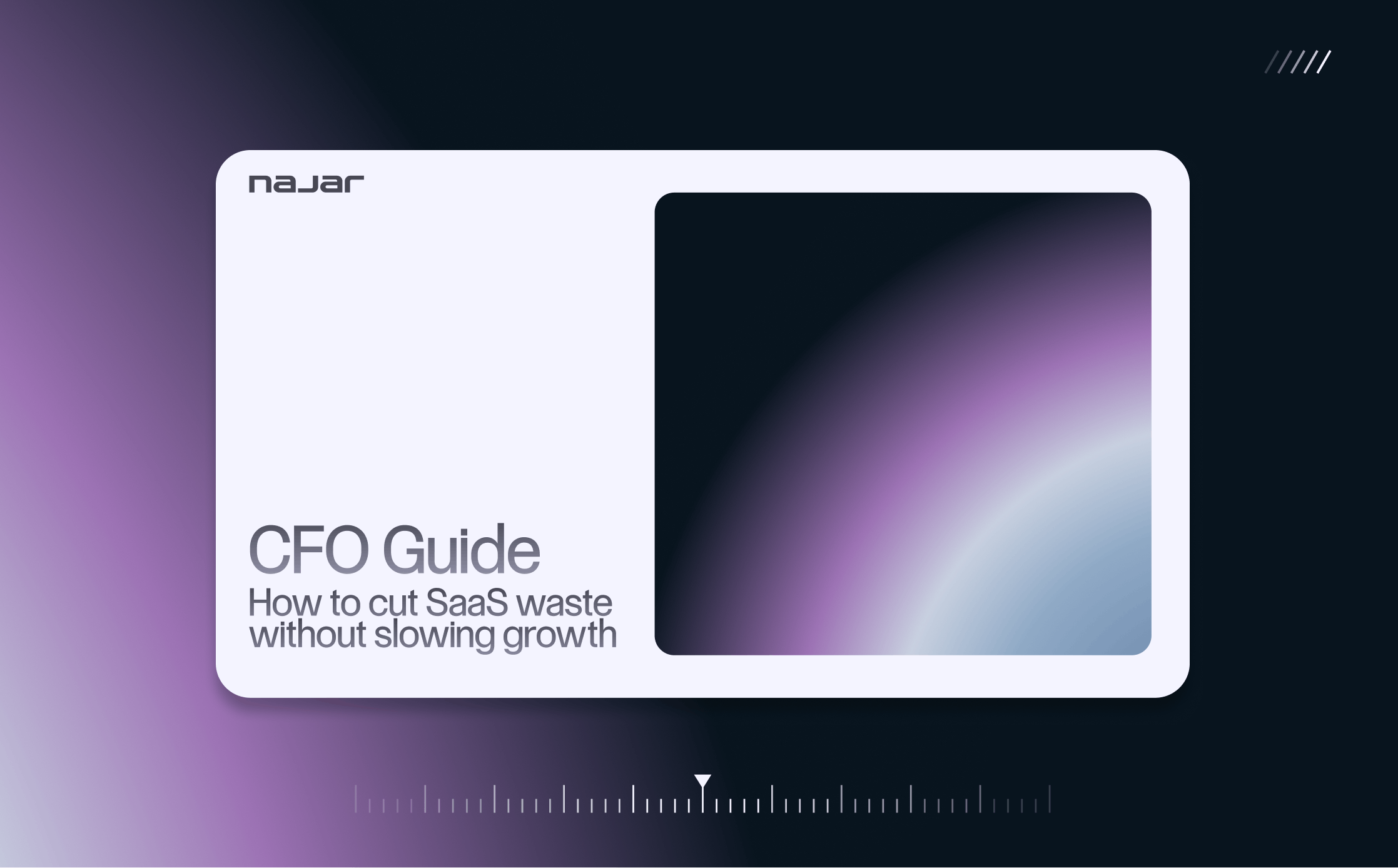Introduction :
SaaS has revolutionized the software market. But the way companies buy SaaS is flawed companies buy their SaaS is flawed: due to a lack of negotiation and knowledge of the market, they overpay for SaaS by 30% on average.
How can you optimize your SaaS spend? How to negotiate pricings? Why should you monitor your users? This article is here to answer all your questions on how to manage your SaaS expenses.
Identify your needs
To begin, you need to clearly define your company's SaaS software needs.
This can be done by writing a specification or any other document that identifies:
- The features and services needed to meet your business needs;
- An estimate of the number of licenses, storage space, etc. that you need.
You can find more info on our white paper here.
Evaluate your alternatives in the SaaS market
The SaaS market is constantly evolving and there are many software products that offer similar services. That's why it's necessary to do a brief market study before committing to a provider.Once you have identified your needs, it is then a matter of evaluating and comparing the different SaaS software options available in order to select the ones that best suit your business needs.
An exemple of way to compare tools here for an accounting tool:
Negotiate pricing with your suppliers
One element that is often overlooked is negotiating prices with suppliers. You have certain levers to optimize your SaaS expenses that you should use during these negotiations:
- Negotiate a ceiling on price increases when renewing licenses, in order to stay within your budget;
- Identify and negotiate any additional costs, such as storage space limitations, in advance;
- Prefer a pricing based on consumption, in order to pay the service proportionally to the features actually used or consumed.
In general, do not hesitate to take advantage of the multiplicity of SaaS services on the market to negotiate with the different providers in order to obtain the best conditions and prices.
Get more "how to negotiate" here!
Set a budget for your Saas expenses
Establishing a budget allows you to set a time frame to stick to in order to avoid cost overruns.
To draw up this budget, you can go back to the specifications in which you determined your needs. Allocate to each service the costs that you allow yourself, according to the type of SaaS, the number of users for which it is intended...
Track your users' activity
One of the biggest areas of opportunity for reducing SaaS spending is underutilized functionality. It is therefore essential to monitor user usage of SaaS software to ensure that they are getting the most out of it, as well as to identify software that is no longer needed.This means tracking down underutilized licenses, removing duplicate applications, and removing the rights of inactive users, such as former employees, many of whom retain access to applications despite leaving the company.
Centralize your software purchases
In order to achieve economies of scale and have better visibility on your expenses, it is recommended to centralize your purchases.It may be tempting for each department with specific needs to manage its own SaaS software purchases. But centralized management will optimize costs, especially by avoiding duplication.
Track associated costs
Next, you need to track the costs associated with SaaS software to identify savings opportunities, such as: Usage costs;Integration costs;Maintenance costs.
Implement a license management system
Implement a license management system to ensure that users have the necessary licenses for the software they use. This can include:
- Disabling unused accounts;
- Analyzing inactive hot spots;
- Reclaiming unused licenses.
Ensure your SaaS software is compliant
Make sure that the SaaS software you use is compliant with corporate policies and standards to avoid unpleasant surprises, such as privacy issues.
Continue to assess your business needs
The assessment of your company's SaaS software needs and practices should be ongoing. It should help to:
- Update software to optimize its use;
- Acquire new, more efficient software, without hesitating to replace those that have become insufficient;
- Get rid of tools that have become useless or underused.
Conclusion
A good management of your SaaS expenses requires two main elements: a rigorous and centralized management of the different software and the tracking of their under-use.
Let Najar assist you in purchasing and managing software adapted to your company's needs and optimize your SaaS usage!
Want to know how much you could save on your SaaS expenses with Najar? Do the simulation.




